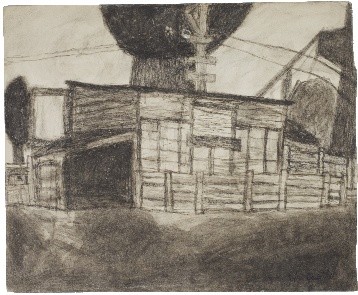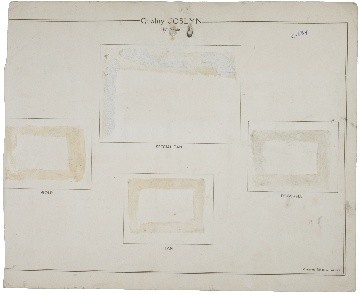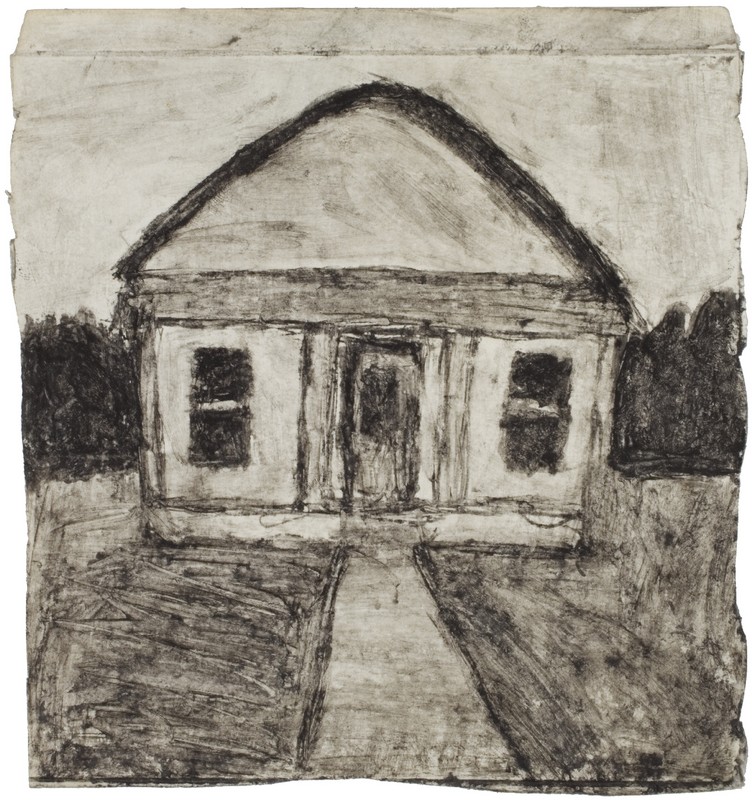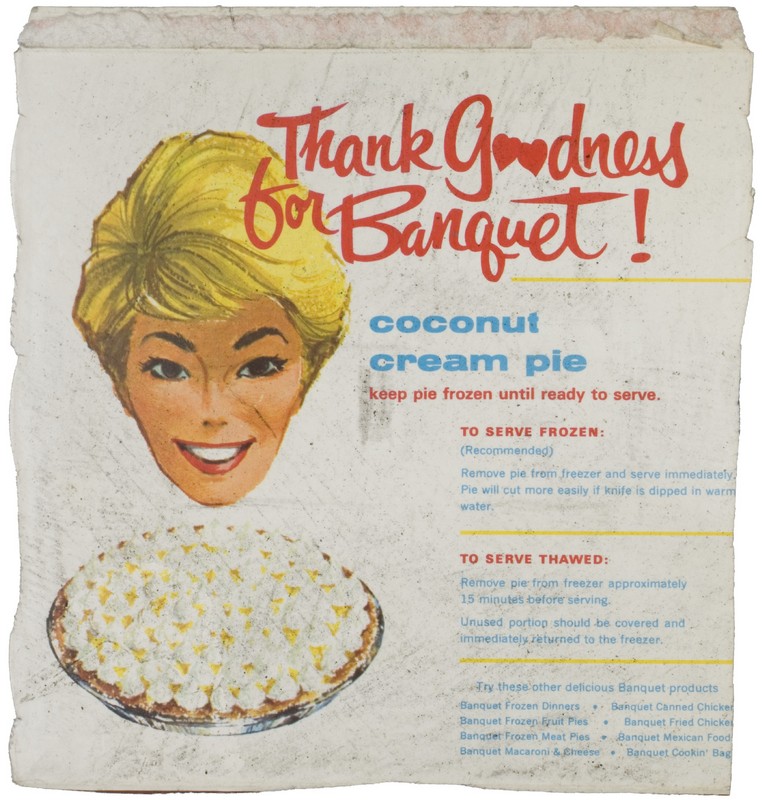James Castle
09 Sep - 25 Oct 2011

James Castle (1899-1977): Untitled (recto), n.d., found paper, soot, 16.83 x 23.81 cm / 6 5/8 x 9 3/8 in.

James Castle (1899-1977): Untitled (verso), n.d., found paper, soot, 16.83 x 23.81 cm / 6 5/8 x 9 3/8 in.

James Castle (1899-1977): Untitled (recto), n.d., found paper, soot, 26.04 x 31.75 cm / 10 1/4 x 12 1/2 in.

James Castle (1899-1977): Untitled (verso), n.d., found paper, soot, 26.04 x 31.75 cm / 10 1/4 x 12 1/2 in.
Galerie Karsten Greve is presenting the first comprehensive retrospective of the work of James Castle (1899-1977) in Germany; a catalogue will be published to accompany the exhibition. James Castle, with his extensive oeuvre of collages, drawings, books, and assemblages, is one of the most interesting discoveries of North American art in the 20th century. His works, which for decades had only been shown regionally or mistakenly in group exhibitions on outsider art, have in recent years increasingly attracted the attention of collectors and museums. The perfection of the drawings, Castle’s material aesthetics, and the numerous references to the avantgarde of the 20th century are all fascinating. Although he had never any personal contact with it at all, Castle’s paper works are reminiscent of collages of European art before 1945, and even more of pop art’s view of the everyday aesthetics and the commercial art of the post-war period in the US.
James Castle, who was born in Idaho, was deaf from birth. Having no access to spoken language, he never learned how to read or write, but even as a child he made drawings all the time. Drawings were his means of communicating with his family, but even more, art for him was a way of appropriating and reflecting on the world. James Castle spent his entire life with his family in Garden Valley. His art was influenced by the fact that for decades his father, in addition to the farm, ran a shop and post office in the village. James Castle collected the wrappings, cardboards, and advertising brochures and used the reverse sides as drawing paper, the printed material as visual inspiration and material for his collages. He mixed his paints out of stove soot, crepe paper, and saliva, and drew and painted with sharpened sticks and soft rolled cardboard. With great concentration, he created fascinating and conceptual works that in addition to an extraordinary sensitivity for materials also exhibit a highly complex spatial order. James Castle was interested in rural buildings, in houses, barns, and fences, which he reproduced in a smaller scale and with a precise sense of perspective. Interiors are always visualized with their simple furnishings and their surface structures of wooden beams and wallpaper pattern repeats in various perspectives. In some interiors, he presents groups of his works like in an imaginary exhibition. In addition, he created book objects, sculptures, and collages of letters and brand marks. This fascination with letters and numbers may be initially surprising, especially in light of the fact that it could never be established just how far he actually understood the content of texts. The visual appeal of the graphic signs and the complexity of the books which he filled with his drawings, however, are easily and immediately understood by the beholder of James Castle’s fantastical objects.
In his lifetime, James Castle was only known to a small circle of people interested in art, but early on other artists were enthusiastic about his work and supported it. He himself lived to see the opening of his first solo exhibition in the museum of Idaho’s state capital Boise. He attracted international attention with the first scholarly retrospective of his work at the Philadelphia Museum of Art in 2009. This year, Museum Reina Sofia in Madrid has devoted the first comprehensive European retrospective to James Castle, a selection of which will travel in May 2012 to the K 21 - Kunstsammlung Nordrhein-Westfalen Düsseldorf.
James Castle, who was born in Idaho, was deaf from birth. Having no access to spoken language, he never learned how to read or write, but even as a child he made drawings all the time. Drawings were his means of communicating with his family, but even more, art for him was a way of appropriating and reflecting on the world. James Castle spent his entire life with his family in Garden Valley. His art was influenced by the fact that for decades his father, in addition to the farm, ran a shop and post office in the village. James Castle collected the wrappings, cardboards, and advertising brochures and used the reverse sides as drawing paper, the printed material as visual inspiration and material for his collages. He mixed his paints out of stove soot, crepe paper, and saliva, and drew and painted with sharpened sticks and soft rolled cardboard. With great concentration, he created fascinating and conceptual works that in addition to an extraordinary sensitivity for materials also exhibit a highly complex spatial order. James Castle was interested in rural buildings, in houses, barns, and fences, which he reproduced in a smaller scale and with a precise sense of perspective. Interiors are always visualized with their simple furnishings and their surface structures of wooden beams and wallpaper pattern repeats in various perspectives. In some interiors, he presents groups of his works like in an imaginary exhibition. In addition, he created book objects, sculptures, and collages of letters and brand marks. This fascination with letters and numbers may be initially surprising, especially in light of the fact that it could never be established just how far he actually understood the content of texts. The visual appeal of the graphic signs and the complexity of the books which he filled with his drawings, however, are easily and immediately understood by the beholder of James Castle’s fantastical objects.
In his lifetime, James Castle was only known to a small circle of people interested in art, but early on other artists were enthusiastic about his work and supported it. He himself lived to see the opening of his first solo exhibition in the museum of Idaho’s state capital Boise. He attracted international attention with the first scholarly retrospective of his work at the Philadelphia Museum of Art in 2009. This year, Museum Reina Sofia in Madrid has devoted the first comprehensive European retrospective to James Castle, a selection of which will travel in May 2012 to the K 21 - Kunstsammlung Nordrhein-Westfalen Düsseldorf.


